Favourite Enid Blyton stories
How I Began
That is one question so many of you ask me — and grown-ups ask it too. ‘How did you begin writing, Miss Blyton?’ Well, let me tell you this straightaway. I meant to be a writer from the tmie I could read and write, even before that, I think. There are some children who know from the beginning what they want to do, and mean to do.
Usually those children have a gift for that particular thing. They feel impelled to write, or to compose tunes, or to paint pictures. It is something they cannot help, something that is given to them when they are born. How fortunate they are!
…
To use — and to use as perfectly as they are able to. All gifts much be practised and trained, a great deal of hard work must go into that person’s life, unremitting, never-ending work, every minute of which is worthwhile. No idling, no slacking, no half-measures — a gift is such a precious possession that it must be trained to perfection.
If a child has a gift, then I think it should be developed and encouraged as far as is possible in a child — but first and foremost the child should have an ordinary, natural childhood, and above all he shouldn’t be spoilt, pushed on too much, or made conceited. His gift will flower all the more if he has a sensible childhood, many many interests, and has plenty of character. So, my dears, if you have any ‘gifts’, don’t expect people to turn you into a horrid little ‘prodigy’ and make you grown-up long before it’s time!
Enid Blyton The Story of My Life (1952)
****
Ever since Hachette won the licensing of the Enid Blyton brand, the firm has ensured that the books are constantly 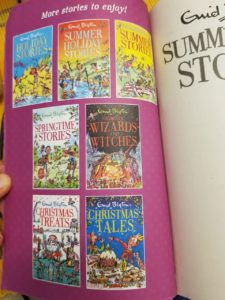 available and at reasonable prices too. Generations of readers have grown up on Enid Blyton’s adventure stories, school stories, magical stories etc. They have sparkled the imagination of young readers worldwide. It has also helped ressurect many of the lesser known Enid Blyton stories in special published bumper anthologies where the original dates of publication have been included. Some of the stories were published as early as 1925!
available and at reasonable prices too. Generations of readers have grown up on Enid Blyton’s adventure stories, school stories, magical stories etc. They have sparkled the imagination of young readers worldwide. It has also helped ressurect many of the lesser known Enid Blyton stories in special published bumper anthologies where the original dates of publication have been included. Some of the stories were published as early as 1925!
Owning the license to publish Enid Blyton stories has enabled Hachette to consider experiments in children’s literature. For instance, the publishing firm commissioned 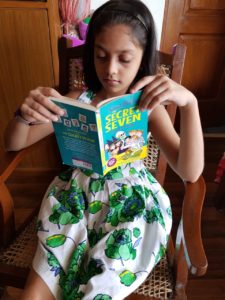 Pamela Butchart to write a new Secret Seven mystery called Secret Seven: Mystery of the Skull. Aimed at a new generation of readers it has a lively pace of writing. In all likelihood introducing a brand new book is smart business acumen too. It ensures that the copyright period of this story will be active for a long time to come which is lifetime of the author + specified time period in the particular country. The book is published under the co-authorship of Enid Blyton and Pamela Butchart.
Pamela Butchart to write a new Secret Seven mystery called Secret Seven: Mystery of the Skull. Aimed at a new generation of readers it has a lively pace of writing. In all likelihood introducing a brand new book is smart business acumen too. It ensures that the copyright period of this story will be active for a long time to come which is lifetime of the author + specified time period in the particular country. The book is published under the co-authorship of Enid Blyton and Pamela Butchart.
Enid Blyton (1897-1968) influenced many young minds. Generations of kids have grown up on Blyton stories dreaming of scones and clotted cream, picnic baskets, 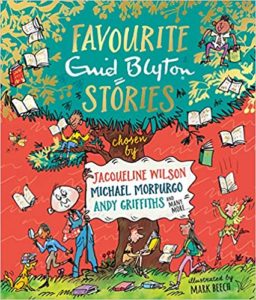 making invisible ink using orange juice, reading of magical lands, fairies and pixies, of high school stories and adventure stories. Many of Blyton’s readers of the past years are now well-established children’s writers in their own right. People like Michael Morpurgo, Andy Griffiths, and Jacqueline Wilson have become household names. Now Hachette has brought out a scrumptiously illustrated hardback anthology of prominent children’s writers introducing their favourite extract of an Enid Blyton story. It is called Favourite Enid Blyton Stories. Every story is prefaced by a short piece by the modern day author reminiscing about discovering Blyton and her fantastical world. There are many gems to choose from but the last extract by Jacqueline Wilson is particularly charming as it is from Blyton’s autobiography ( published in 1952) and which sadly now seems to be out of print. Here’s hoping that along with all the other popular titles The Story of My Life is also published soon.
making invisible ink using orange juice, reading of magical lands, fairies and pixies, of high school stories and adventure stories. Many of Blyton’s readers of the past years are now well-established children’s writers in their own right. People like Michael Morpurgo, Andy Griffiths, and Jacqueline Wilson have become household names. Now Hachette has brought out a scrumptiously illustrated hardback anthology of prominent children’s writers introducing their favourite extract of an Enid Blyton story. It is called Favourite Enid Blyton Stories. Every story is prefaced by a short piece by the modern day author reminiscing about discovering Blyton and her fantastical world. There are many gems to choose from but the last extract by Jacqueline Wilson is particularly charming as it is from Blyton’s autobiography ( published in 1952) and which sadly now seems to be out of print. Here’s hoping that along with all the other popular titles The Story of My Life is also published soon.
( All the Enid Blyton books mentioned are published by Hachette Group and are easily found online and in brick-and-mortar stores. )
20 November 2018

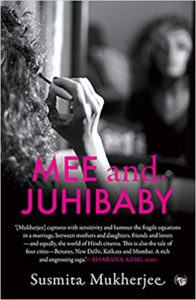
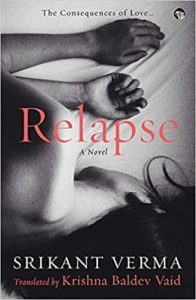
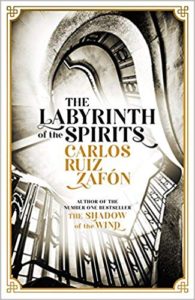
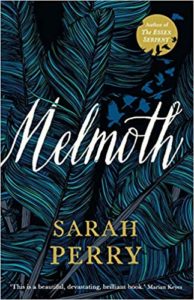
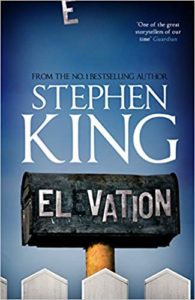

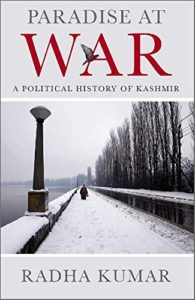
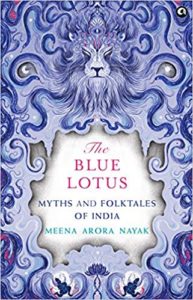
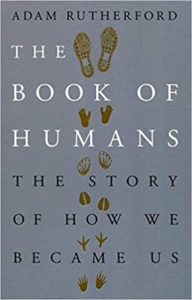
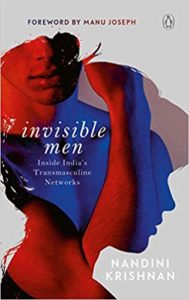
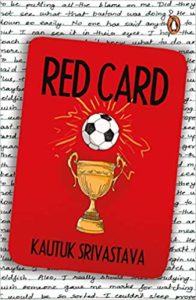
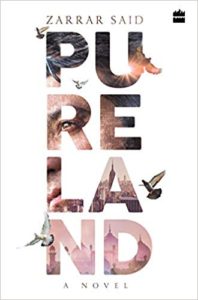
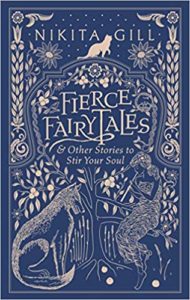
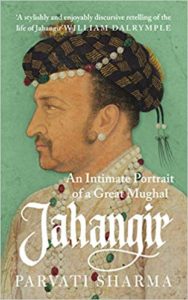
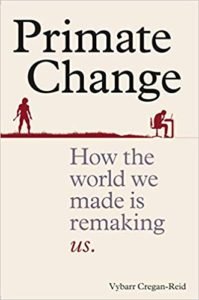
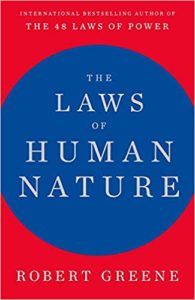
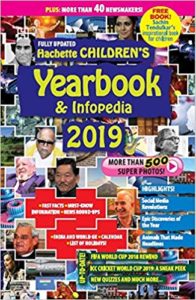
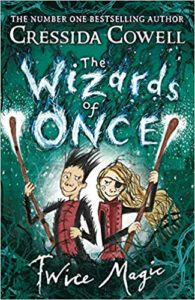
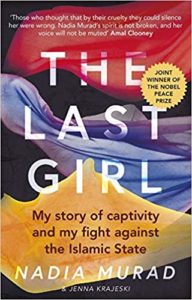
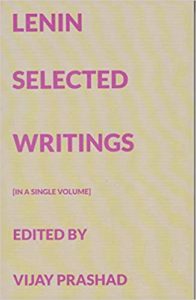
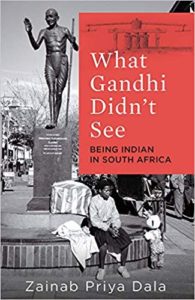

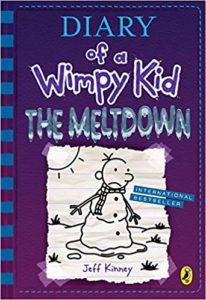
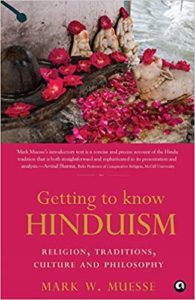
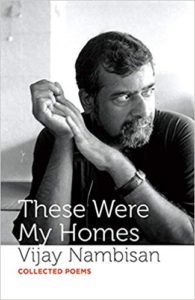
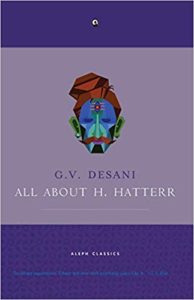
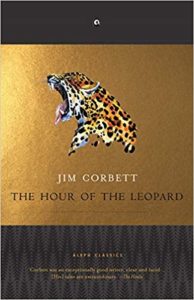
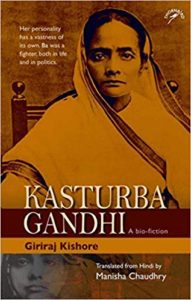
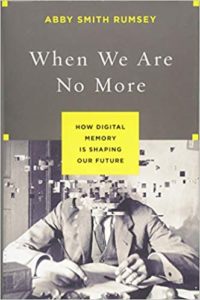
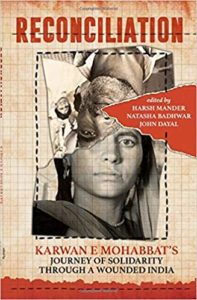
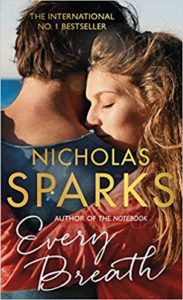
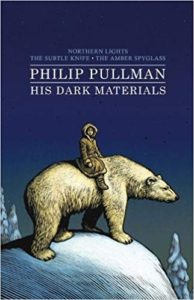

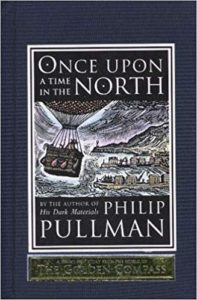
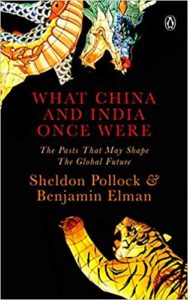
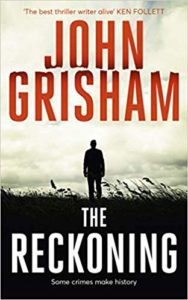
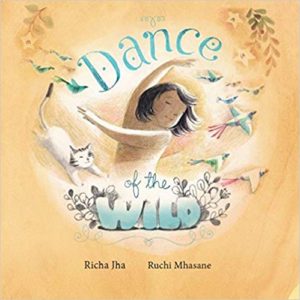
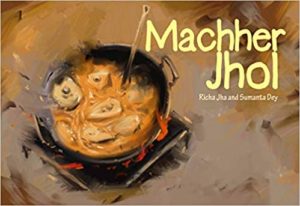
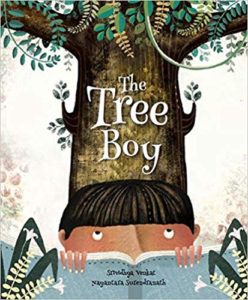
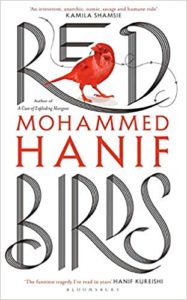
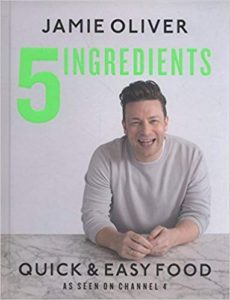
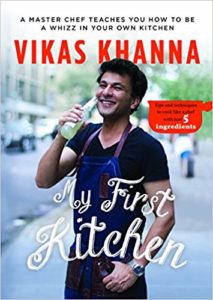
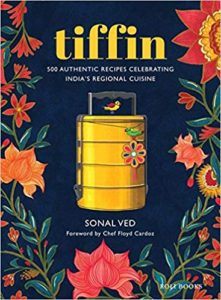
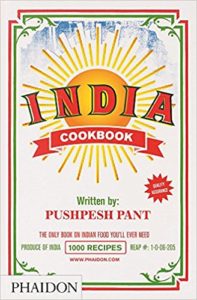
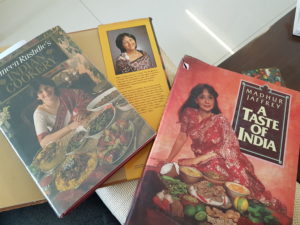 the kitchen to consult while cooking! Nevertheless it is a varied collection which has used recipes from the other marvellous Roli Books publication India by noted recipe columnist and author Pushpesh Pant. Some of the other notable Indian cookery book writers were Madhur Jaffrey, Meera Taneja and Tarla Dalal who paved the way for a new generation of cookery book writers to explore regional distinctions such as presented in Tiffin. In fact Sameena Rushdie’s phenomenal cookery book Indian Cooking ( published in 198) has just been reissued. Her description of collecting recipes is an age-old process whether passed on from generation to generation or exchanged across the dining table but the methodology for collecting recipes is only hinted at in Tiffin’s introductory essay. To describe the process can be quite tedious but here are two snapshots from Sameena Rushdie’s book attempting to note down the “Aloo Goshtaba” recipe from her mother which explain this process beautifully.
the kitchen to consult while cooking! Nevertheless it is a varied collection which has used recipes from the other marvellous Roli Books publication India by noted recipe columnist and author Pushpesh Pant. Some of the other notable Indian cookery book writers were Madhur Jaffrey, Meera Taneja and Tarla Dalal who paved the way for a new generation of cookery book writers to explore regional distinctions such as presented in Tiffin. In fact Sameena Rushdie’s phenomenal cookery book Indian Cooking ( published in 198) has just been reissued. Her description of collecting recipes is an age-old process whether passed on from generation to generation or exchanged across the dining table but the methodology for collecting recipes is only hinted at in Tiffin’s introductory essay. To describe the process can be quite tedious but here are two snapshots from Sameena Rushdie’s book attempting to note down the “Aloo Goshtaba” recipe from her mother which explain this process beautifully.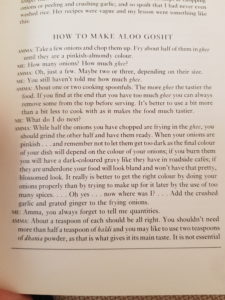
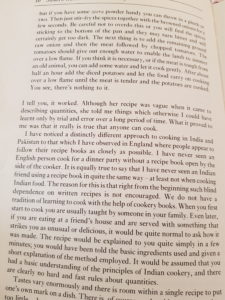
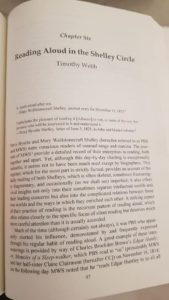 This is a great article published in “Publishing, Editing, and Reception”, a collection of essays in honour of the eminent Romantics scholar Donald H. Reiman. This article “Reading Aloud in the Shelley Circle” by Timothy Webb should be quoted widely to all those who say how can you read out aloud to older kids. Reading out aloud is only meant for babies and early learners. Well the Shelleys read out to each other. Mary Shelley read often to women only groups. According to Webb, Jane Austen and Dorothy Wordsworth, via their surviving correspondence, show that it was not uncommon for women to exert some kind of independence by reading aloud.
This is a great article published in “Publishing, Editing, and Reception”, a collection of essays in honour of the eminent Romantics scholar Donald H. Reiman. This article “Reading Aloud in the Shelley Circle” by Timothy Webb should be quoted widely to all those who say how can you read out aloud to older kids. Reading out aloud is only meant for babies and early learners. Well the Shelleys read out to each other. Mary Shelley read often to women only groups. According to Webb, Jane Austen and Dorothy Wordsworth, via their surviving correspondence, show that it was not uncommon for women to exert some kind of independence by reading aloud.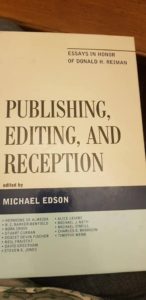 aloud, at least according to Thomas Jefferson Hogg in The Life of Percy Bysshe Shelley ( as quoted by Webb in his article):
aloud, at least according to Thomas Jefferson Hogg in The Life of Percy Bysshe Shelley ( as quoted by Webb in his article):